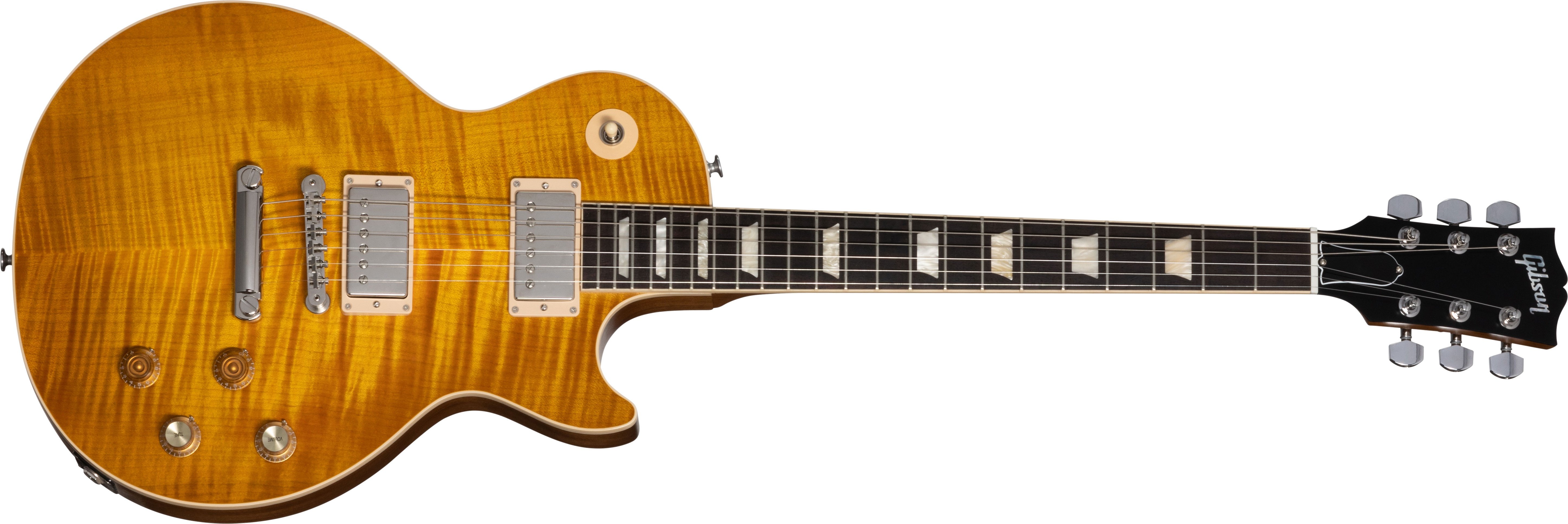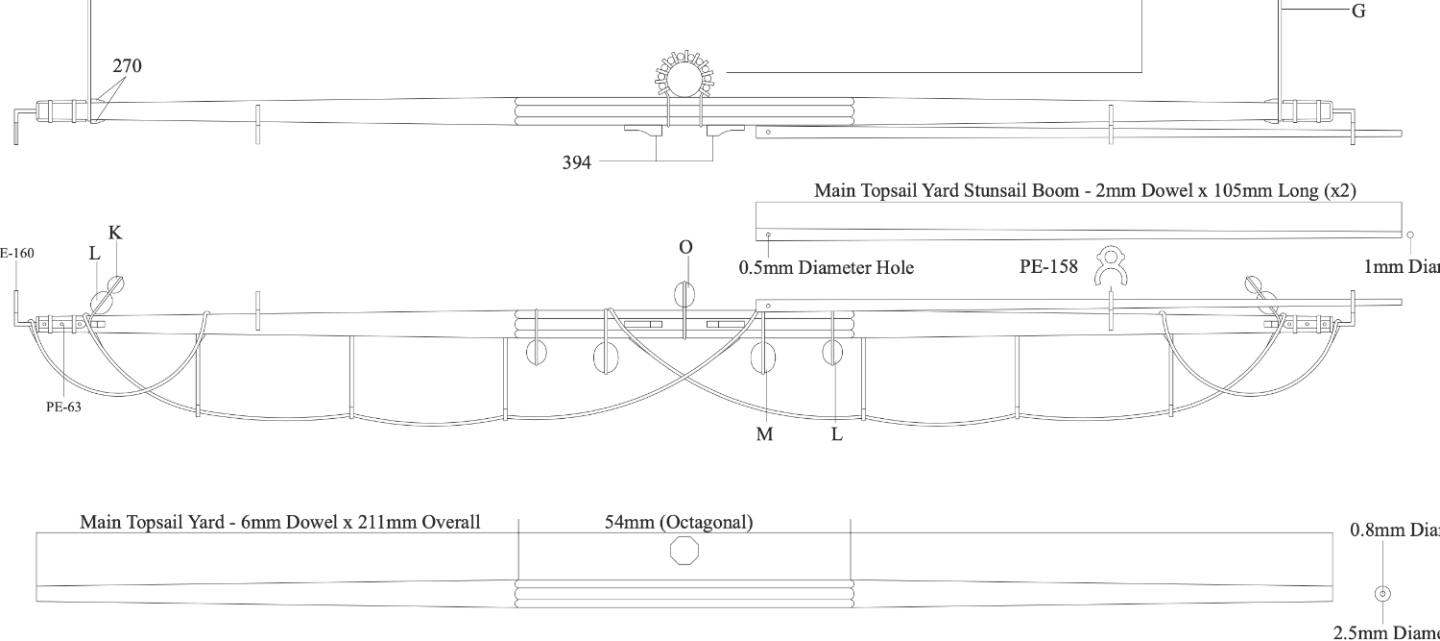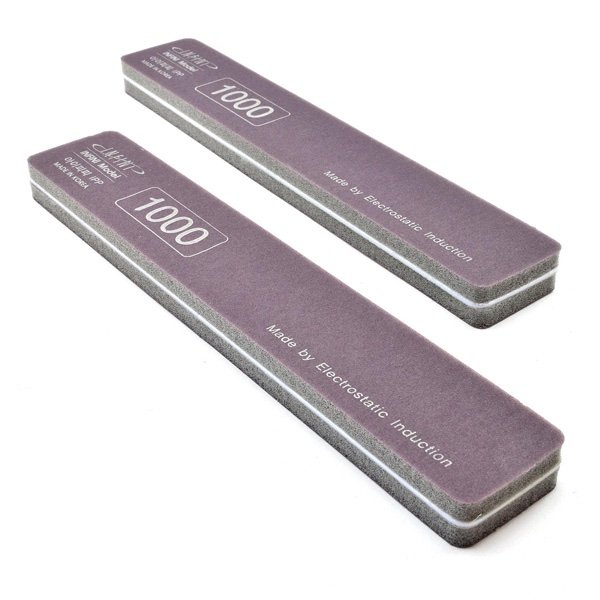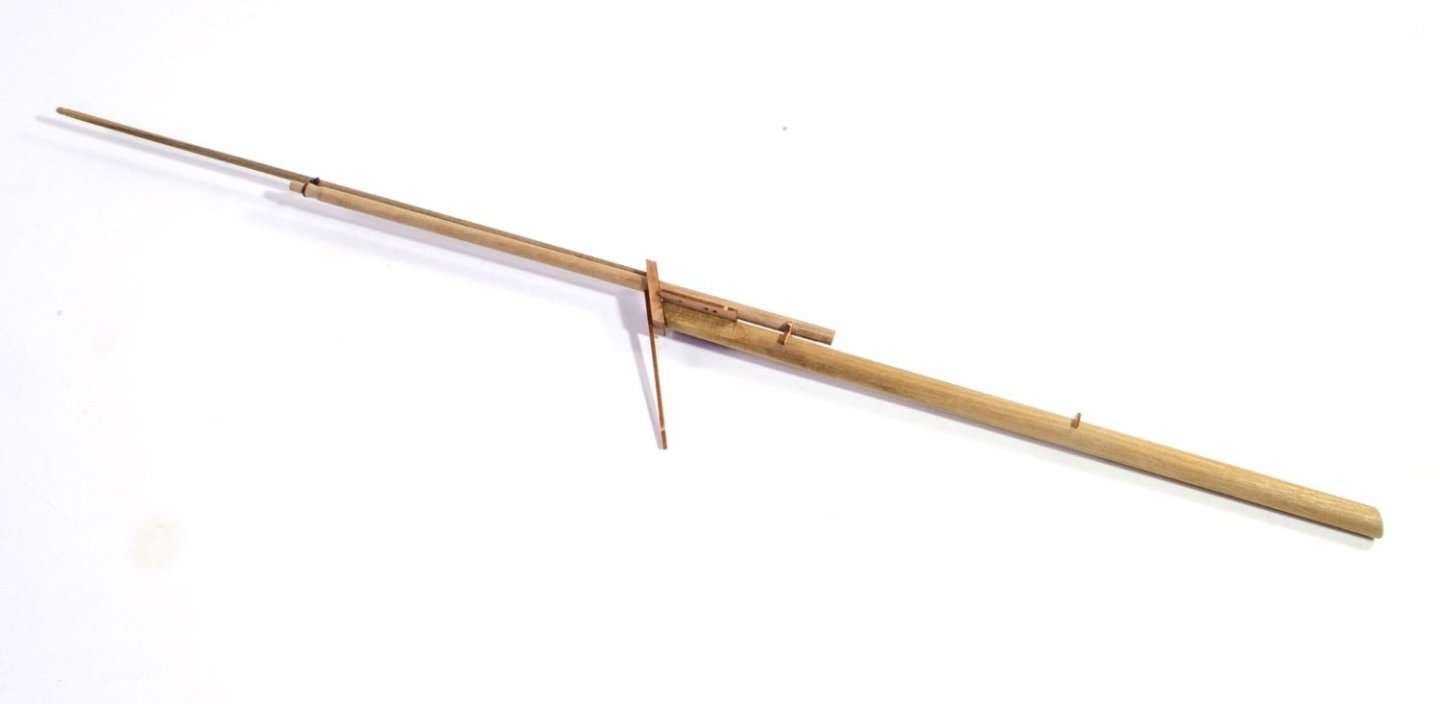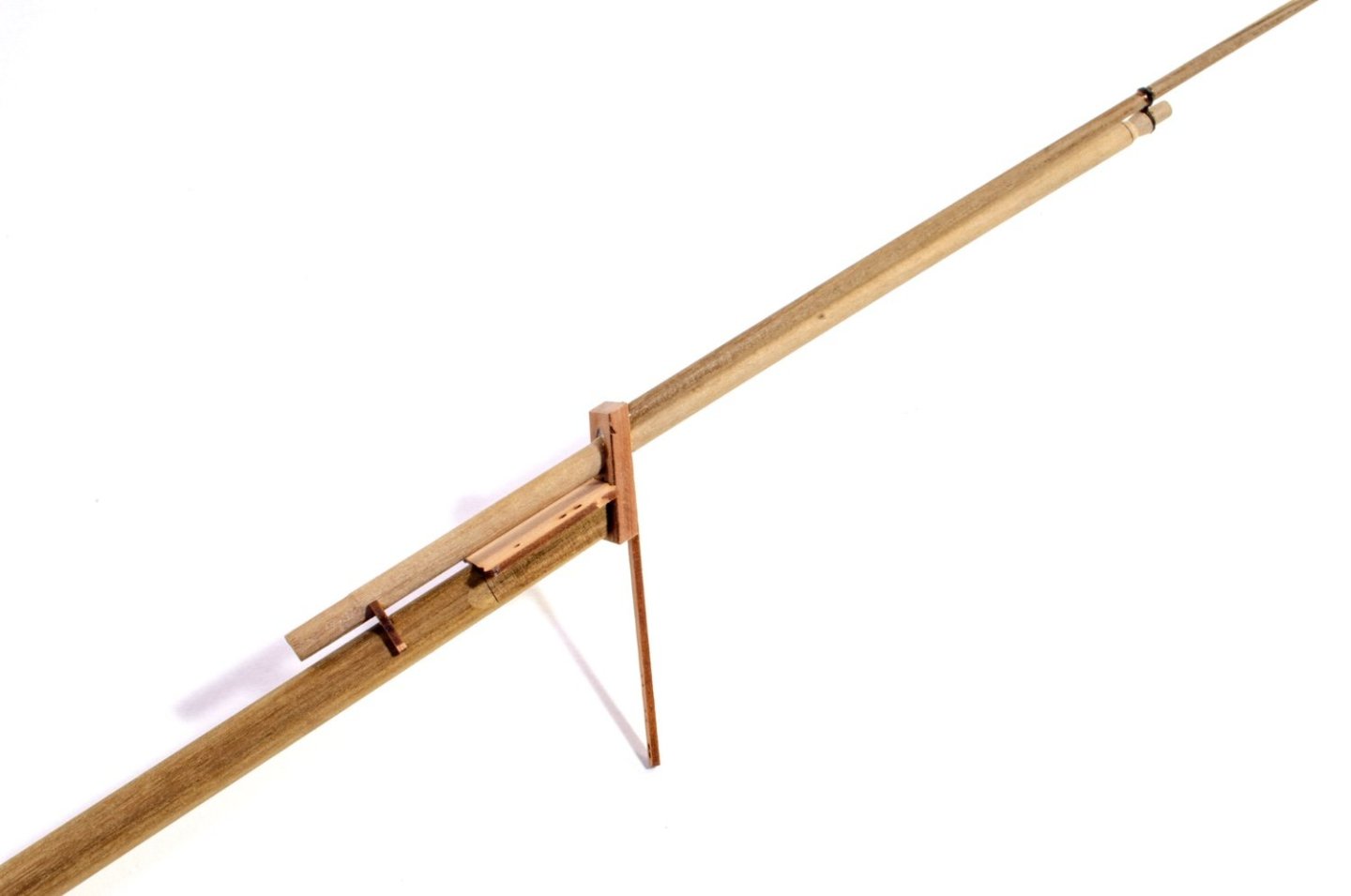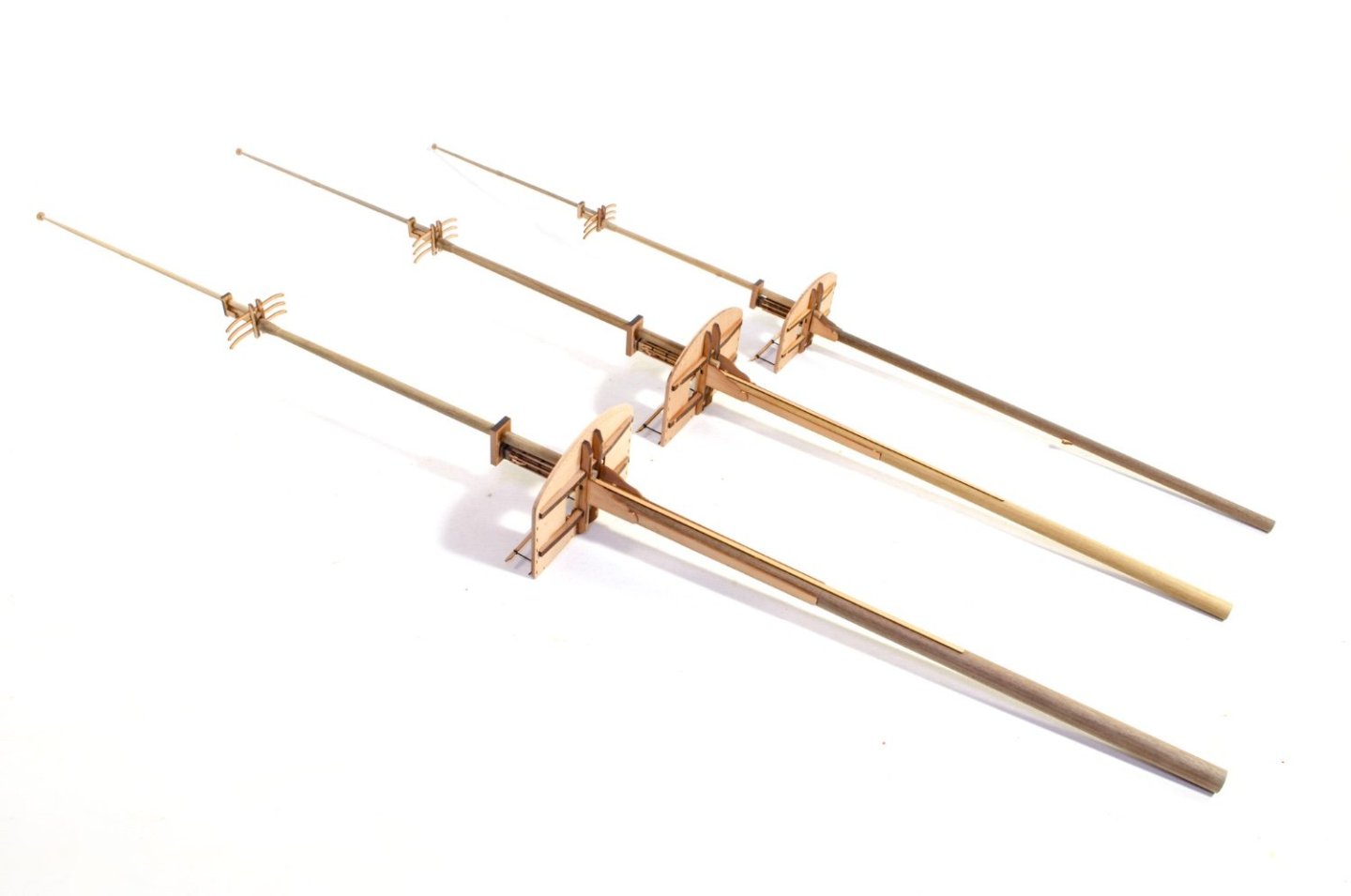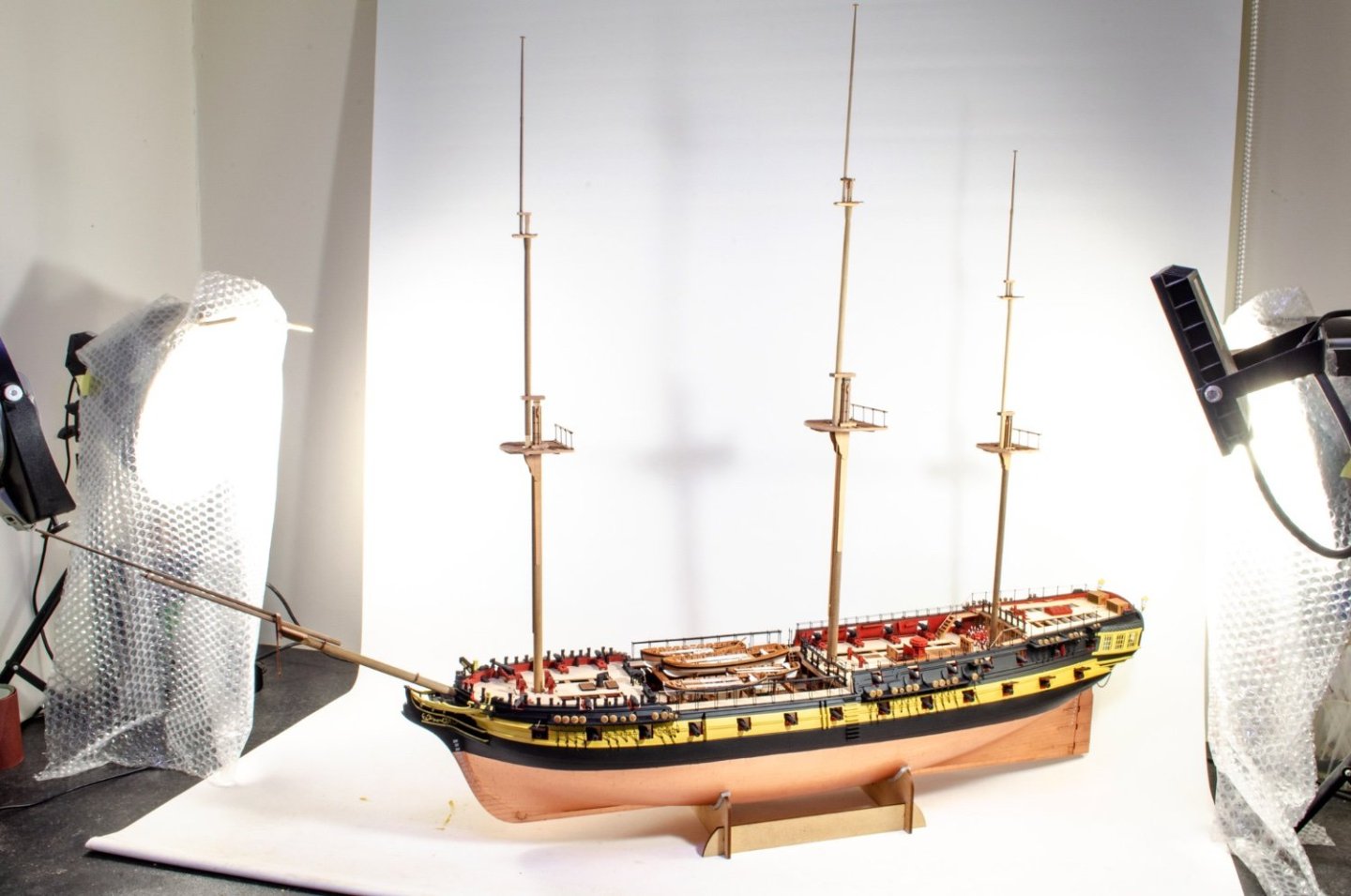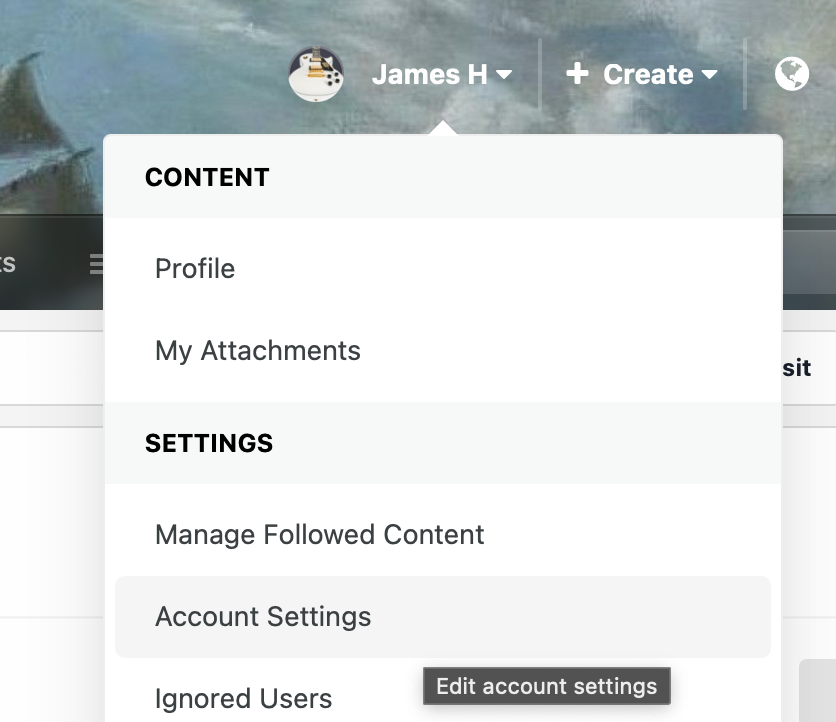-
Posts
6,133 -
Joined
-
Last visited
Content Type
Profiles
Forums
Gallery
Events
Everything posted by James H
-
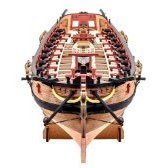
Focus Stacking
James H replied to Dennis P Finegan's topic in Photographing your work. How to do this.
Focus stacking is a doddle.......if you use Photoshop! -
And that's actually how we suggest to do it in the manual. The curve is so subtle in many areas as not to be noticeable.
- 233 replies
-
- Indefatigable
- Vanguard Models
-
(and 1 more)
Tagged with:
-
A quick footnote to Nisha's log. I'm currently on holiday in Devon, UK, and had arranged to return Nisha to her real home....so to speak. Whilst here, I've met with Mitch Tonks who is the CEO of the Rockfish chain of seafood restaurants. Our meet was in Brixham, so before lunch, I handed over Nisha to him and he was delighted with it. She's now on display in the restaurant, behind the bar area, for visitors to see. Mitch gave me a signed copy of his 6th cookbook and a rather nice pack of locally caught and tinned specialities. What a lovely bloke!
- 28 replies
-
- vanguard models
- Brixham trawler
-
(and 2 more)
Tagged with:
-
- 426 replies
-
- Vanguard Models
- Sphinx
-
(and 1 more)
Tagged with:
-
It took me about 3 evening bench sessions (about 3hrs each) to make enough plates. I don't think any lack of nail detail on the tape takes away from the appearance. They are so much easier to get a waterline with too as you just add the waterline mark to the tape and then score along the length before peeling away the excess. Any plates that are damaged are also a cinch to replace.
- 648 replies
-
- Indefatigable
- Vanguard Models
-
(and 1 more)
Tagged with:
-
You're still better giving it an initial polish with 0000 steel wool before allowing to age so that it ages evenly. If you leave greasy fingerprints, they will be seen in the final finish as the acidic residues leave actual fingerprints on the thin copper tape.
- 443 replies
-
- Indefatigable
- Vanguard Models
-
(and 1 more)
Tagged with:
-
I know what Allan means here. There is no provision in the manual for this, but a modeller can do this if they see fit. I admit I’ve also never tapered there either, so o can’t offer up a model to show this. @allanyed maybe you can show where you’ve done this on your builds? It could be useful for reference in case anyone wants to add that feature.
- 233 replies
-
- Indefatigable
- Vanguard Models
-
(and 1 more)
Tagged with:
-
Very nice work indeed. That looks so clean.
- 233 replies
-
- Indefatigable
- Vanguard Models
-
(and 1 more)
Tagged with:
-
Foudroyant was wrecked about 30 miles from where I live. She was tethered to a pier when she broke loose in a storm and wrecked her.
- 233 replies
-
- Indefatigable
- Vanguard Models
-
(and 1 more)
Tagged with:
-
There really should be zero bowing. Before you glued, I'd have suggested every bulkhead was fully seated and the deck located exactly into each ear. The deck is designed to lie absolutely flat onto the frames, with zero elevation anywhere.
- 106 replies
-
- Grecian
- baltimore clipper
-
(and 4 more)
Tagged with:
-
Just a quick note about the orientation of your photos. Check this out so you can post pictures so they are the right way around:
- 106 replies
-
- Grecian
- baltimore clipper
-
(and 4 more)
Tagged with:
-
Lovely progress. That's a decent base for the second layer.
- 233 replies
-
- Indefatigable
- Vanguard Models
-
(and 1 more)
Tagged with:
-
Apart from the buckled MDF part, I also banged the back side bulwarks and split one as you did. Annoying (especially in this heat!) but nothing major.
- 648 replies
-
- Indefatigable
- Vanguard Models
-
(and 1 more)
Tagged with:
-
I’m sure @chris wattonasked me to leave the booms in natural 😆
- 426 replies
-
- Vanguard Models
- Sphinx
-
(and 1 more)
Tagged with:
-
Minor update but a massive milestone. Indy's masts are now complete except for a few small details like eyelets. Of course, I'll need to use some ochre and black paint on these before fitting to the hull. Eyeing up the alignment shows that NOTHING needs to be adjusted whatsoever, which pleases me totally! Even the bowsprit slots neatly into the bow and locks into the support post on the deck below. These masts are LARGE, well, certainly to me as I've never brought a model this size towards completion. After Grecian, this seems gigantic. Anyway, here are the pics. Oh, I'll need a larger white area when it comes to the finals, as you can see here.
- 488 replies
-
- Indefatigable
- Vanguard Models
-
(and 1 more)
Tagged with:
About us
Modelshipworld - Advancing Ship Modeling through Research
SSL Secured
Your security is important for us so this Website is SSL-Secured
NRG Mailing Address
Nautical Research Guild
237 South Lincoln Street
Westmont IL, 60559-1917
Model Ship World ® and the MSW logo are Registered Trademarks, and belong to the Nautical Research Guild (United States Patent and Trademark Office: No. 6,929,264 & No. 6,929,274, registered Dec. 20, 2022)
Helpful Links
About the NRG
If you enjoy building ship models that are historically accurate as well as beautiful, then The Nautical Research Guild (NRG) is just right for you.
The Guild is a non-profit educational organization whose mission is to “Advance Ship Modeling Through Research”. We provide support to our members in their efforts to raise the quality of their model ships.
The Nautical Research Guild has published our world-renowned quarterly magazine, The Nautical Research Journal, since 1955. The pages of the Journal are full of articles by accomplished ship modelers who show you how they create those exquisite details on their models, and by maritime historians who show you the correct details to build. The Journal is available in both print and digital editions. Go to the NRG web site (www.thenrg.org) to download a complimentary digital copy of the Journal. The NRG also publishes plan sets, books and compilations of back issues of the Journal and the former Ships in Scale and Model Ship Builder magazines.

